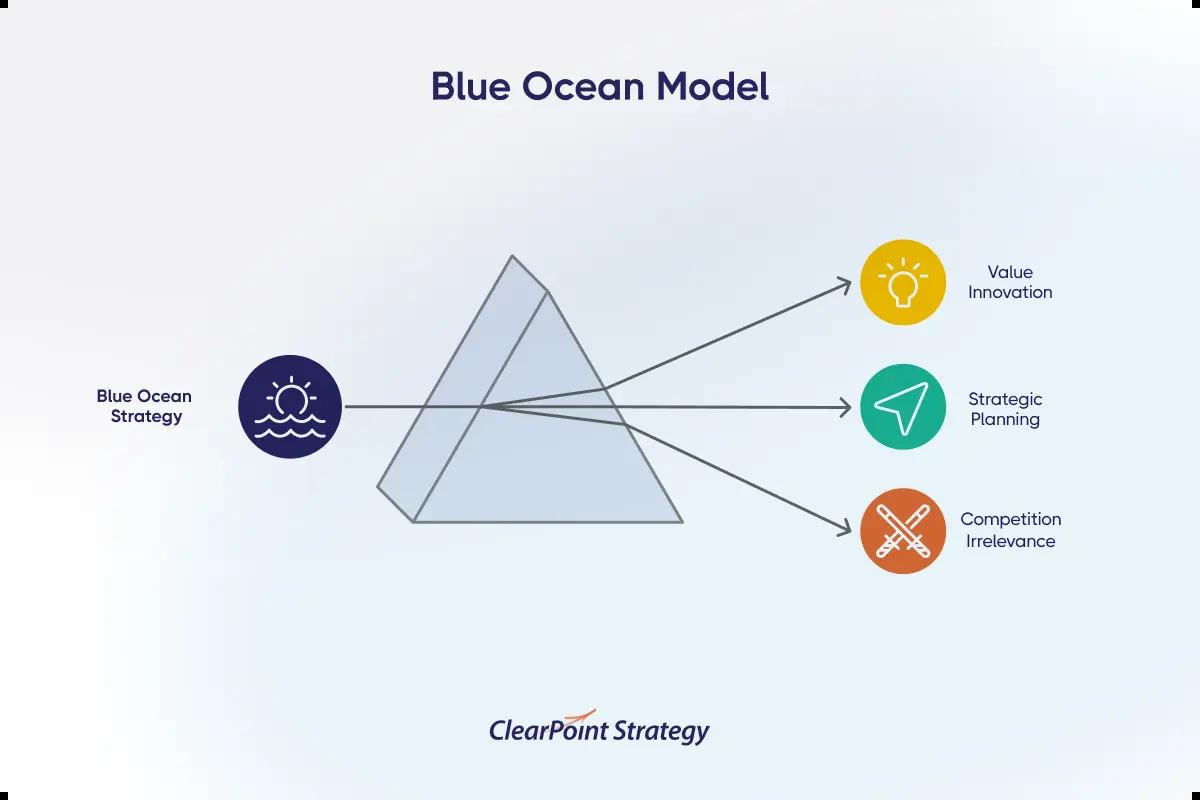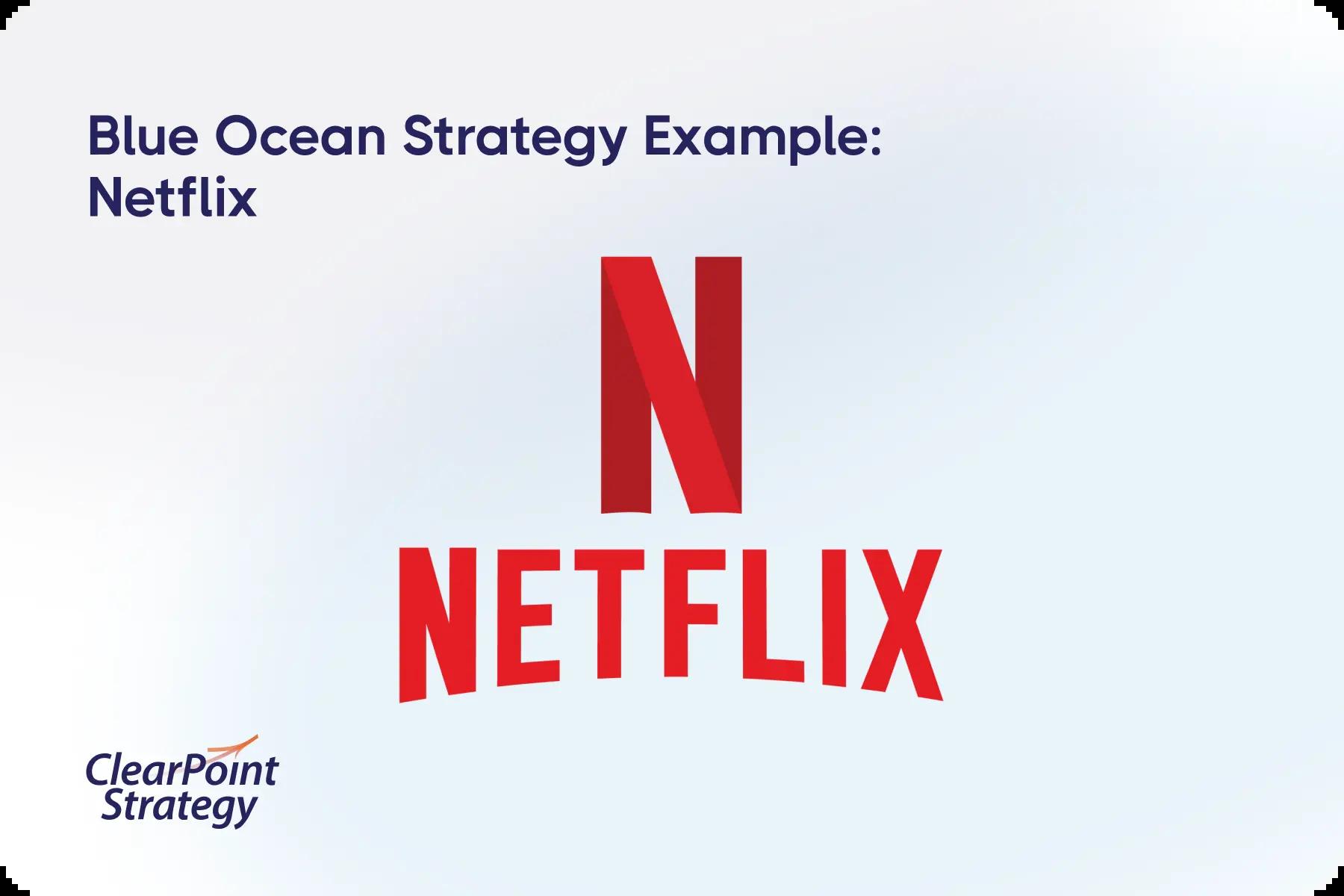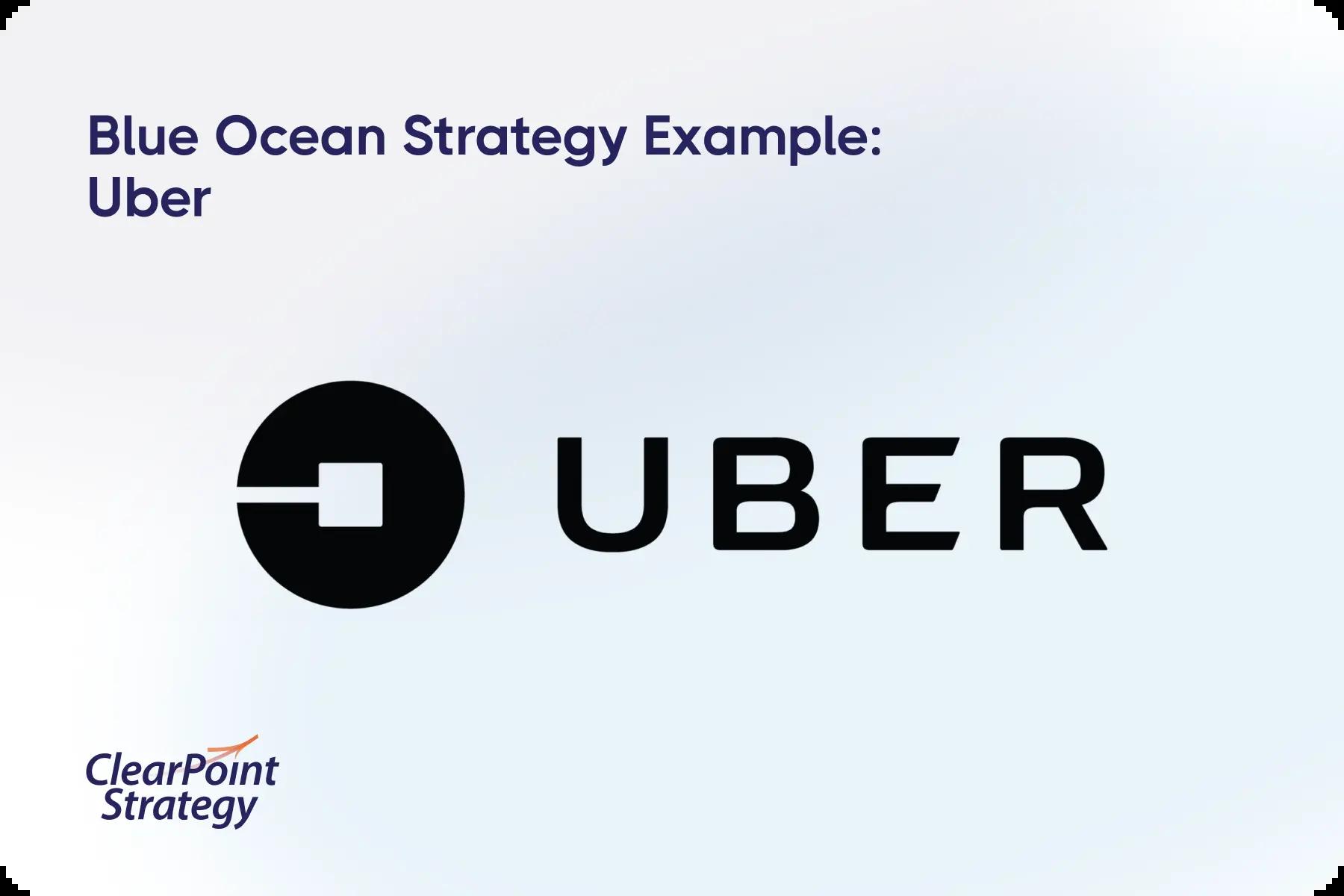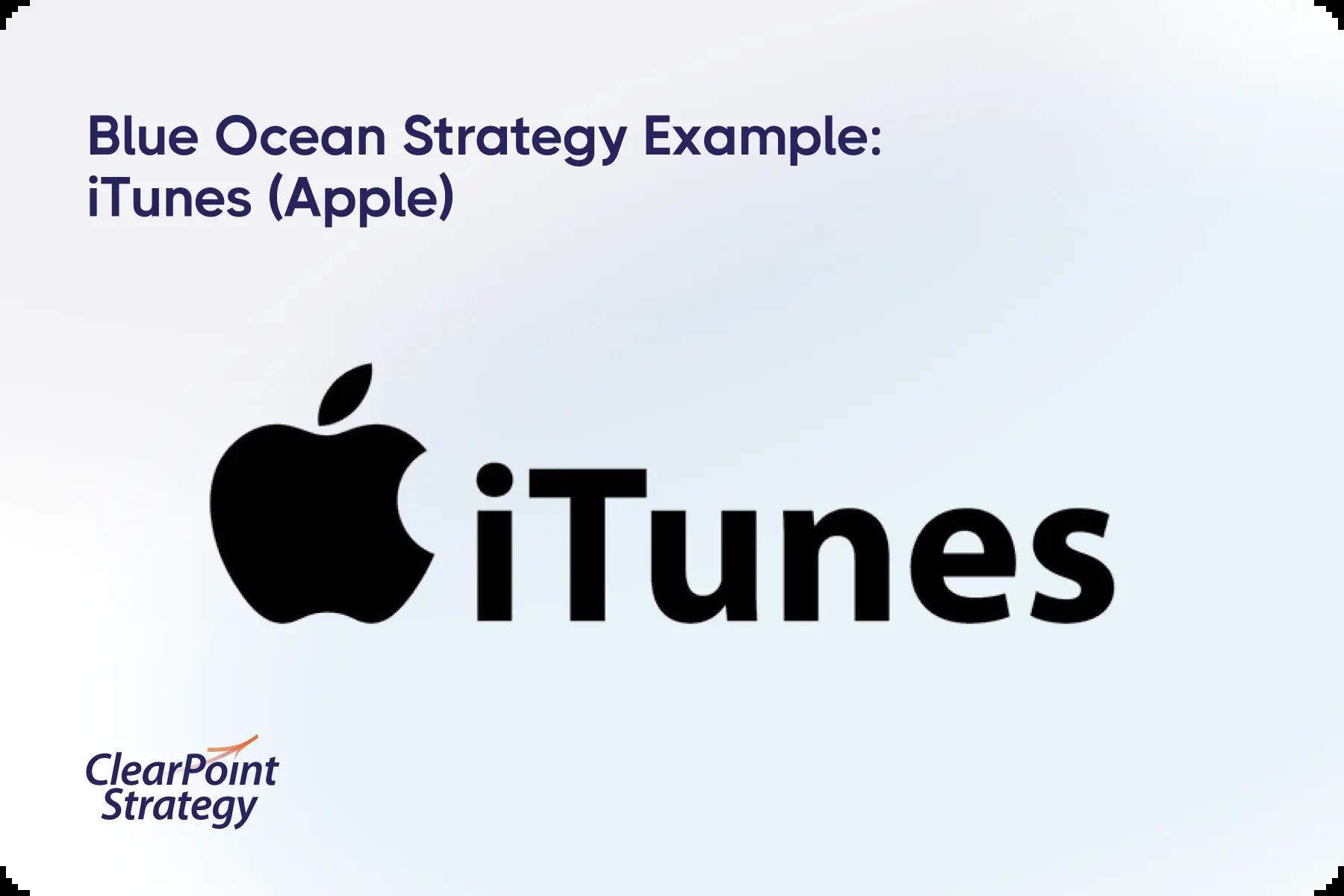The business world is often depicted as a battlefield, with companies locked in fierce competition. But what if there was a way to bypass this struggle and create your own market space? That’s the premise of the Blue Ocean Strategy. This strategy encourages businesses to move away from crowded, competitive “red oceans” and create new, uncontested “blue oceans” where they can thrive.
This article explores the core principles of the Blue Ocean Strategy, providing real-world examples of companies that have successfully implemented it, and offering practical advice on how your business can chart its own course to uncontested market space.
Understanding the Blue Ocean Strategy
The Blue Ocean Strategy isn’t just a theoretical concept; it’s grounded in a decade-long study of over 30 industries, analyzing both successes and failures. The core principle is that competition is irrelevant in a blue ocean. Instead of trying to outperform rivals, the goal is to create new market boundaries, rendering the competition immaterial.
 Blue Ocean Strategic Planning ModelThe Blue Ocean Strategy model visualizes the shift from competitive red oceans to uncontested blue oceans.
Blue Ocean Strategic Planning ModelThe Blue Ocean Strategy model visualizes the shift from competitive red oceans to uncontested blue oceans.
Contrary to traditional business thinking, the Blue Ocean Strategy argues that differentiation and low cost can coexist. This is achieved through “value innovation,” which involves rethinking how to deliver value to consumers, allowing businesses to offer both unique benefits and affordability. The Blue Ocean Idea Index, a framework within the strategy, helps companies test the viability of their ideas, minimizing risk and maximizing potential.
Blue Ocean Strategy in Action: Success Stories
Several companies have successfully navigated to blue oceans, demonstrating the power of this strategic approach.
Netflix: From DVDs to Streaming Dominance
Netflix disrupted the video rental market by eliminating late fees and offering the convenience of mail-order DVDs. Later, they pioneered streaming, offering instant access to a vast library of content. Then, they doubled down by investing in original content, further differentiating themselves from emerging competitors. Finally, they expanded globally, tailoring content to local preferences.
 Blue Ocean Strategy Example: NetflixNetflix’s evolution showcases a continuous pursuit of blue ocean opportunities.
Blue Ocean Strategy Example: NetflixNetflix’s evolution showcases a continuous pursuit of blue ocean opportunities.
Uber: Revolutionizing Personal Transportation
Uber transformed the taxi industry by creating a technology-driven platform connecting drivers and passengers. They addressed key pain points like inconsistent service, unclear pricing, and limited availability. Further innovations like UberX and UberPOOL expanded their reach and diversified their offerings.
 Blue Ocean Strategy Example: UberUber leveraged technology to create a new paradigm in personal transportation.
Blue Ocean Strategy Example: UberUber leveraged technology to create a new paradigm in personal transportation.
Apple iTunes: Reshaping Music Consumption
iTunes addressed the challenges of digital piracy by offering a legal and user-friendly platform for purchasing individual songs. This shift from albums to single tracks revolutionized music consumption, benefiting both consumers and the music industry.
 Blue Ocean Strategy Example: iTunes (Apple)iTunes provided a convenient and legal alternative to music piracy, transforming the industry.
Blue Ocean Strategy Example: iTunes (Apple)iTunes provided a convenient and legal alternative to music piracy, transforming the industry.
Meta (Facebook): From Social Networking to the Metaverse
Facebook initially created a blue ocean in social networking, but as competition intensified, they strategically shifted to exploring the metaverse. This new frontier of virtual and augmented reality represents their pursuit of another uncontested market space.
 Blue Ocean Strategy Example: MetaMeta’s move to the metaverse exemplifies the continuous need for innovation and exploration of new market spaces.
Blue Ocean Strategy Example: MetaMeta’s move to the metaverse exemplifies the continuous need for innovation and exploration of new market spaces.
Integrating Blue Ocean with Existing Strategies
The Blue Ocean Strategy can complement existing strategic planning models like SWOT and Balanced Scorecard. SWOT analysis helps identify internal strengths and external opportunities that can be leveraged in a blue ocean. The Balanced Scorecard provides a framework for translating blue ocean goals into measurable objectives.
Charting Your Course to a Blue Ocean
Identifying a blue ocean requires understanding your target market’s unmet needs and differentiating your offerings from the competition. Ask yourself: What do you do well? What does your competition do? Where are the red oceans, and where can you create your own blue ocean?
 71% of fast-growing companies rely on strategic planning tools Fuel your company’s growth. Leverage ClearPoint’s strategic planning capabilities, including project management and OKR management.Strategic planning tools can be instrumental in identifying and navigating to blue oceans.
71% of fast-growing companies rely on strategic planning tools Fuel your company’s growth. Leverage ClearPoint’s strategic planning capabilities, including project management and OKR management.Strategic planning tools can be instrumental in identifying and navigating to blue oceans.
 Visualizing the difference between red and blue oceans is a crucial first step.
Visualizing the difference between red and blue oceans is a crucial first step.
The Blue Ocean Strategy challenges businesses to innovate and offer exceptional value. By understanding this strategy and learning from successful examples, your organization can reconstruct its market and achieve sustainable growth in uncontested territory.
